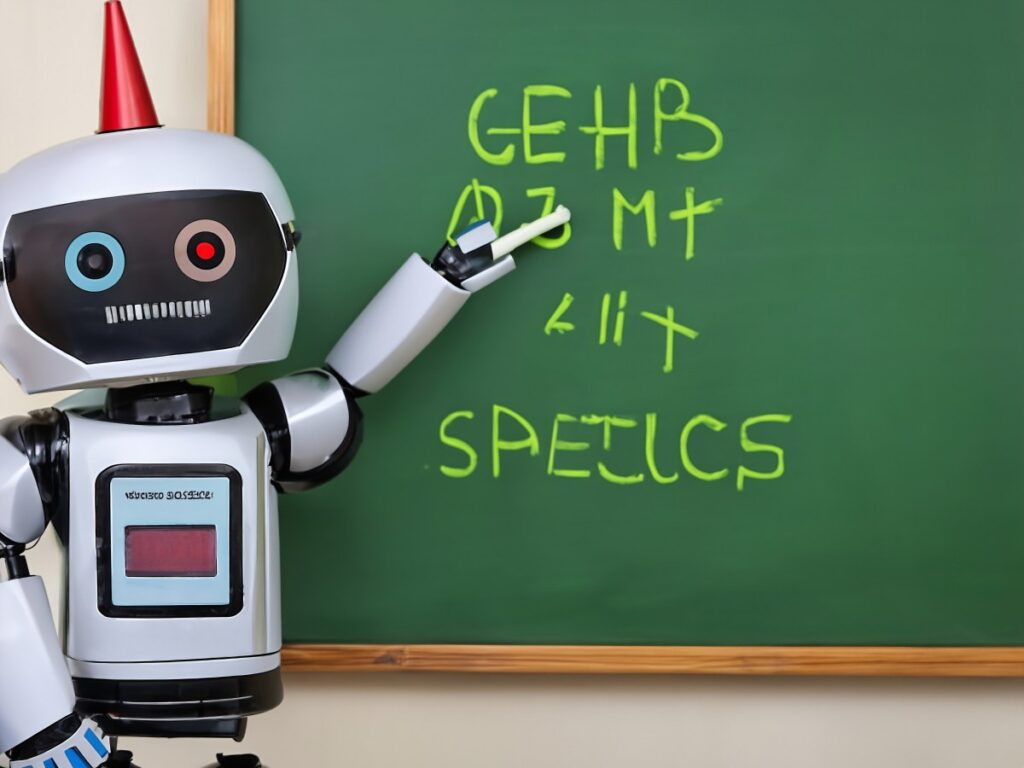The Future of Mathematics: Humans and AI as Collaborative Partners
Terence Tao, recognized as one of the brightest minds in mathematics by many, recently shared some intriguing thoughts about artificial intelligence and its role in the field. As a professor at UCLA, he compares the reasoning capabilities of AI, specifically ChatGPT, to that of a "mediocre, but not completely incompetent" graduate student. This assessment may raise eyebrows, but it sparks an essential conversation about the future of mathematics and AI.
A Unique Learning Journey
While AI has made significant strides in recent years, Tao points out a crucial difference between a graduate student and an AI model. Graduate students learn from their mistakes and adapt their approaches. Think about it—when a student receives feedback that a particular method isn’t working, they can reflect, adjust their strategies, and ultimately improve their understanding. In contrast, when AI is told its solution is flawed, it can offer an apology and make temporary adjustments, but it often reverts to previous methods without truly grasping the concept.
Imagine a student in a cozy coffee shop on Wilshire Boulevard, earnestly working on complex equations, soaking in the atmosphere of creativity around them. This student, much like any determined learner, thrives on feedback and growth. Unfortunately, AI lacks the same depth of understanding and the ability to genuinely learn from experiences. It’s a fascinating barrier separating human intellect from machine capabilities.
A New Era of Collaboration
Despite these differences, Tao sees a bright future where mathematicians and AI forge a collaborative partnership. He believes that rather than posing a threat to math prodigies, AI will open the door to new possibilities.
Picture a seasoned mathematician planning a research project. Instead of spending endless hours wrestling with an equation in solitude, they could turn to AI. "What if I try this approach?" they might ask. With AI at their side, they could bounce ideas back and forth, allowing the machine to handle preliminary computations and simulations, thus freeing the mathematician to focus on critical thinking and creative problem-solving.
Embracing Technological Innovation
This partnership isn’t just a far-off dream. It’s already beginning to unfold in laboratories and classrooms. AI tools are empowering researchers and students by tackling large-scale problems that once felt insurmountable. For instance, in a bustling research facility near the Santa Monica Pier, you can witness collaboration between students and AI helping to explore the mysteries of complex mathematical theories.
This transformation in methodology is a testament to the potential that technology has to enhance human capability rather than replace it. As Tao mentions, the dream isn’t about machines overshadowing human mathematicians; it’s about empowering them to reach new heights and tackle challenges previously thought unreachable.
Conclusion: The Future is Bright
As we stand on the cusp of this exciting new chapter in mathematics, it’s clear that understanding the unique functions of both AI and human intellect is crucial. With ongoing evolution and a little guidance, AI will likely become an invaluable tool for mathematicians.
The AI Buzz Hub team is excited to see where these breakthroughs take us. Want to stay in the loop on all things AI? Subscribe to our newsletter or share this article with your fellow enthusiasts.




